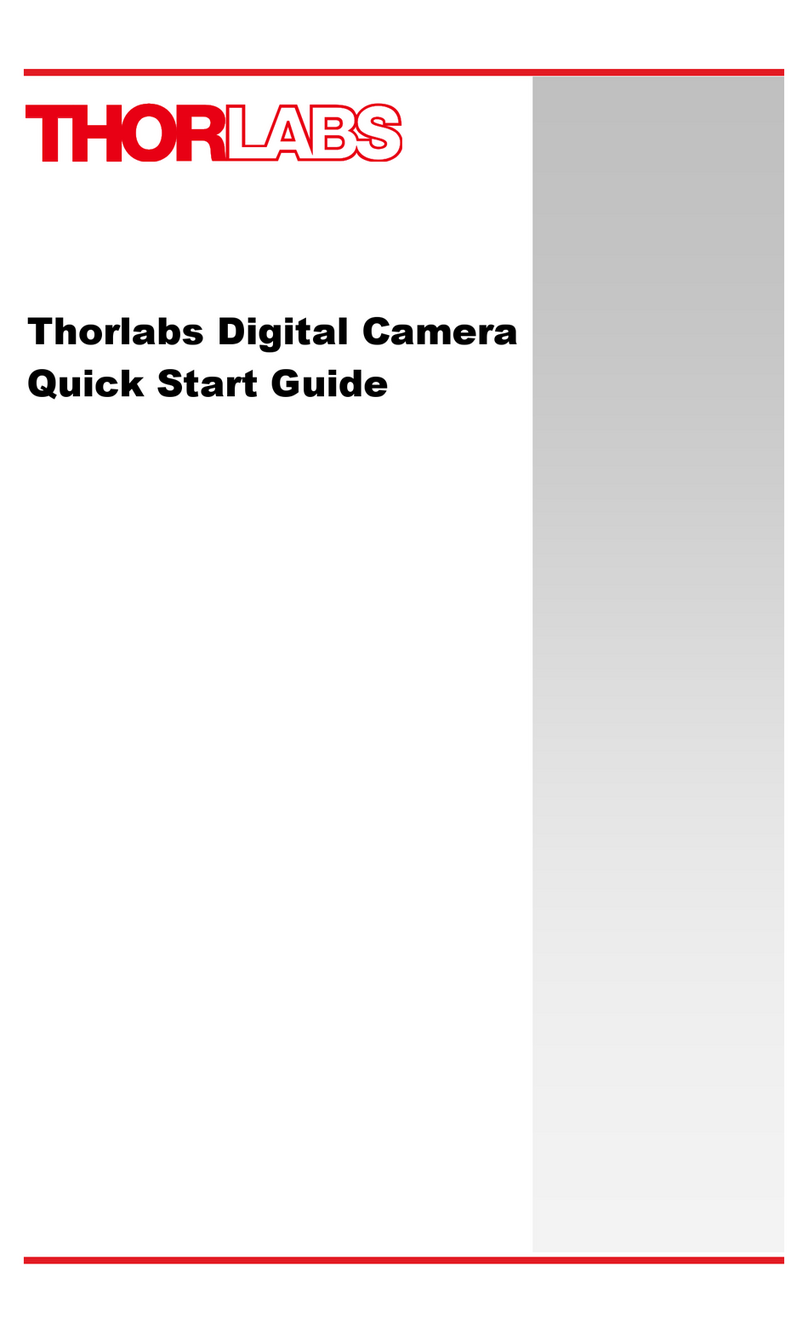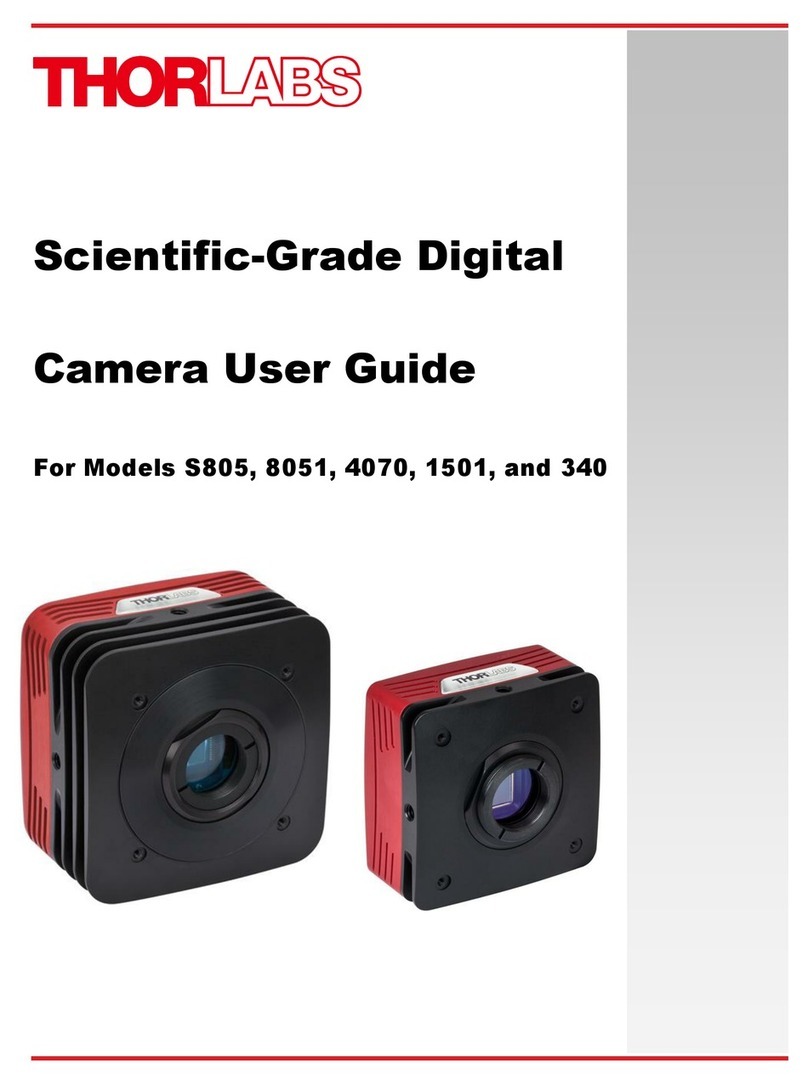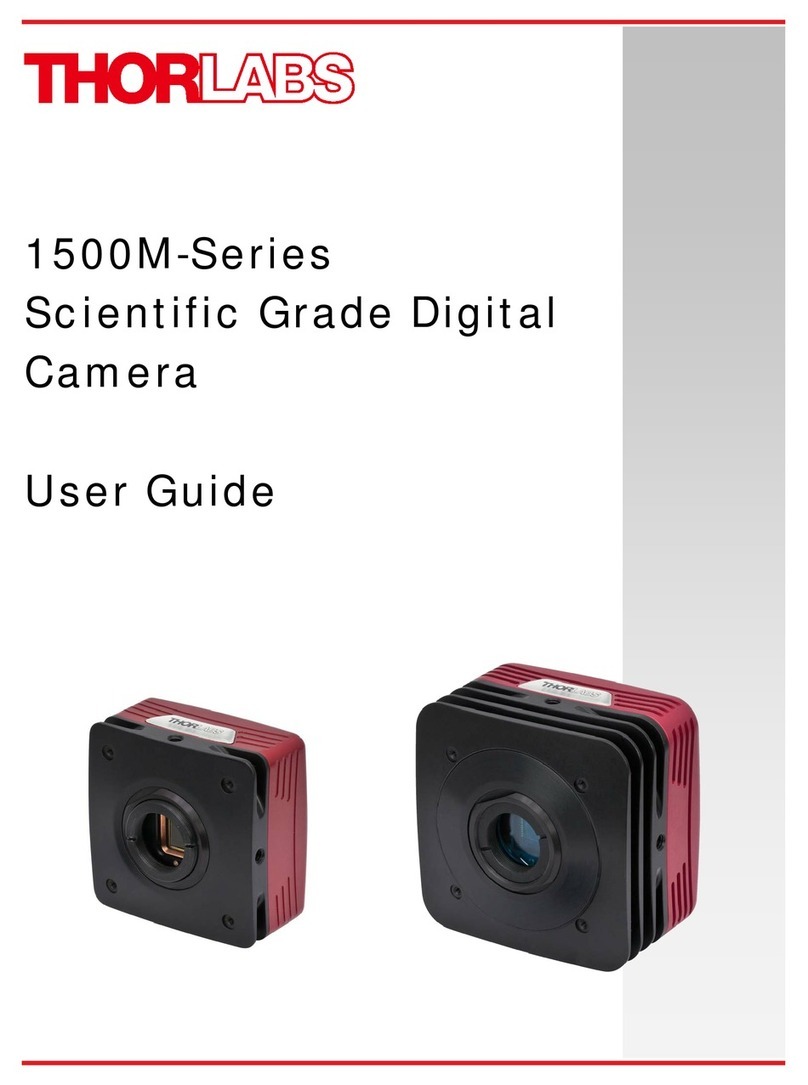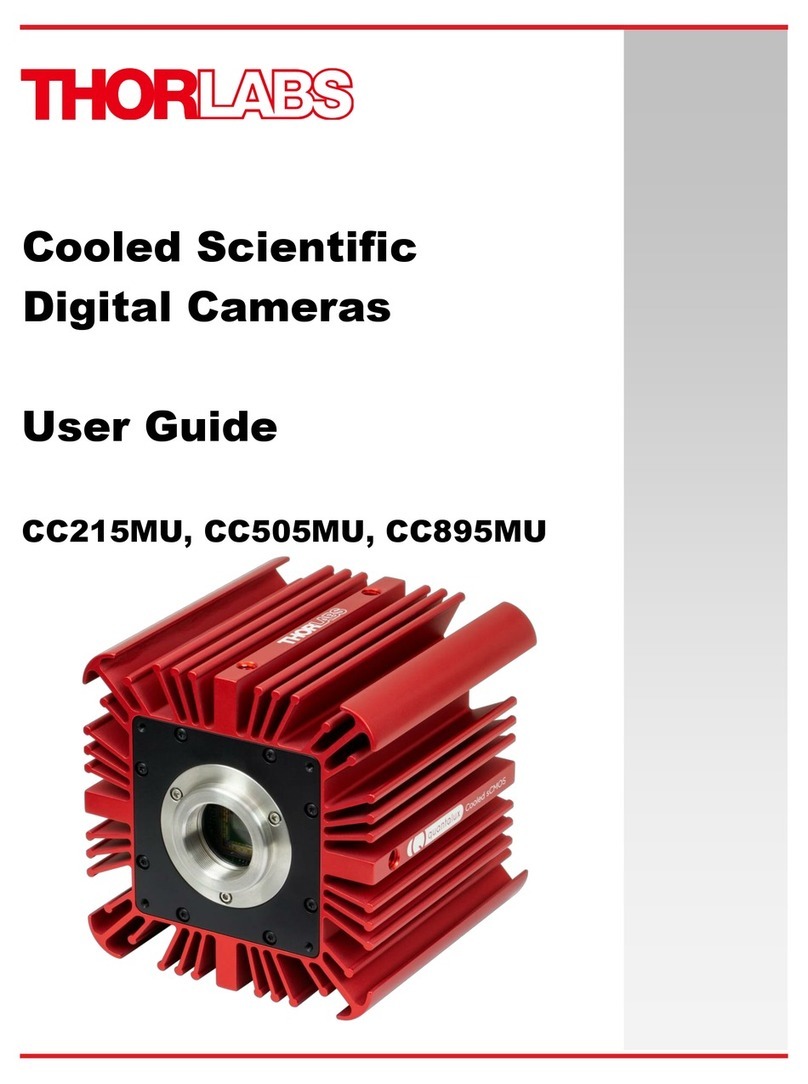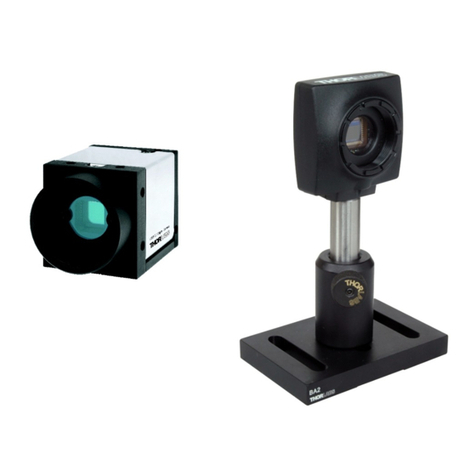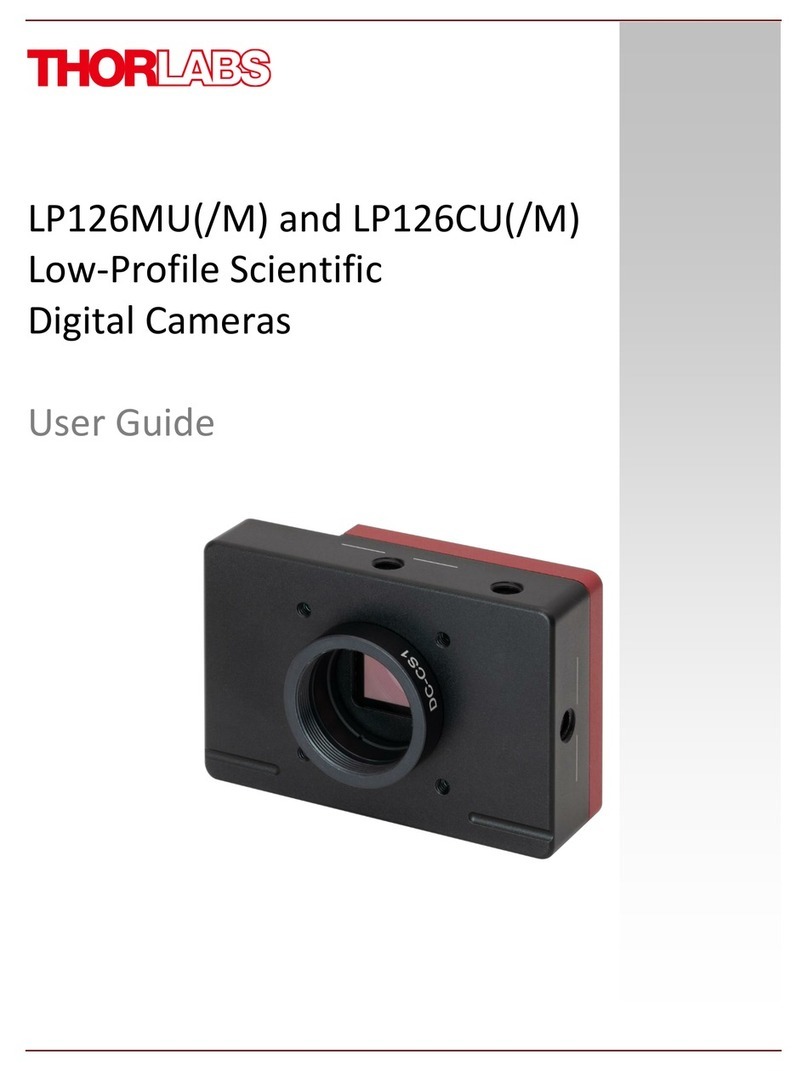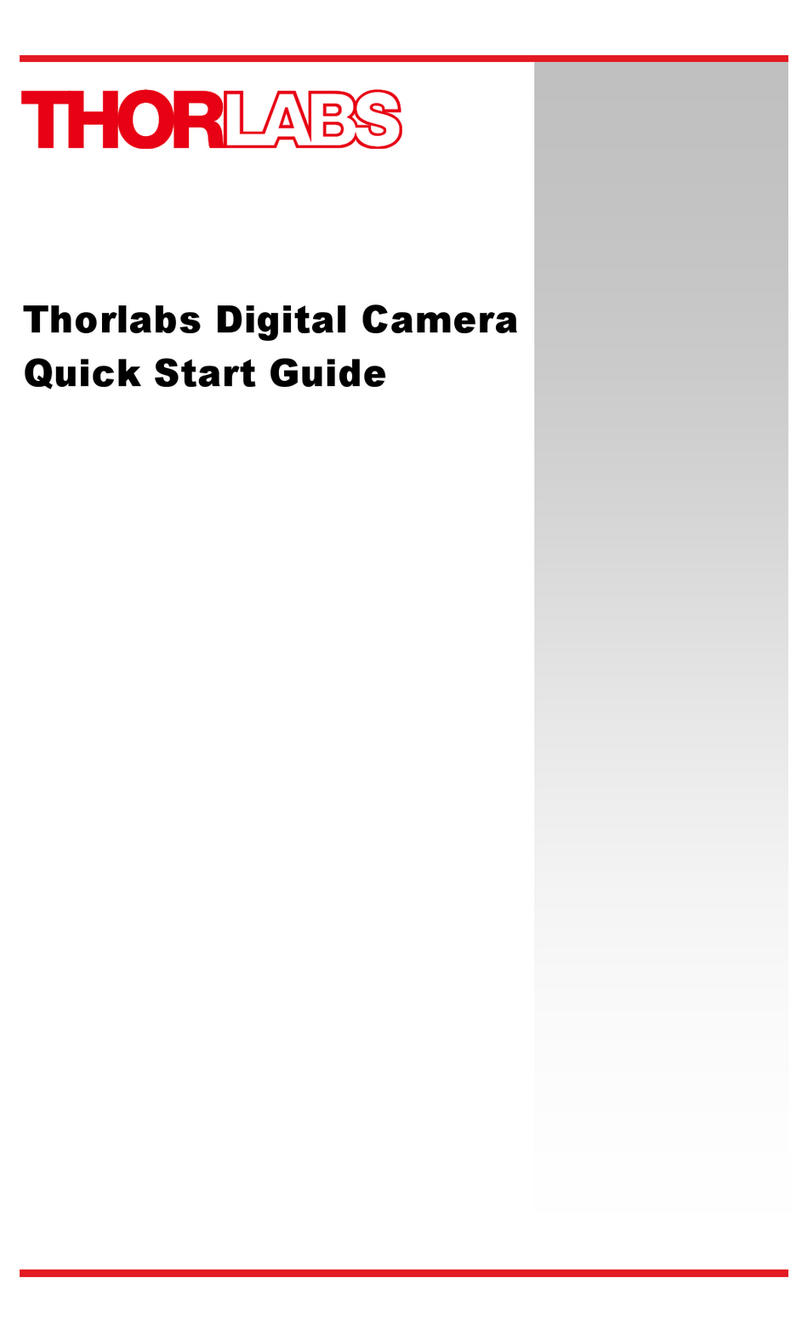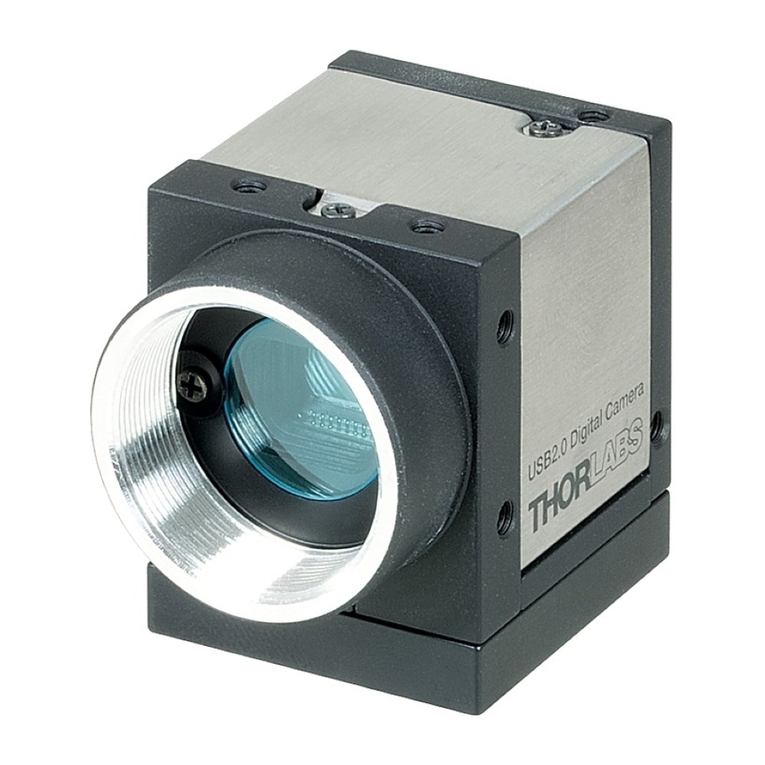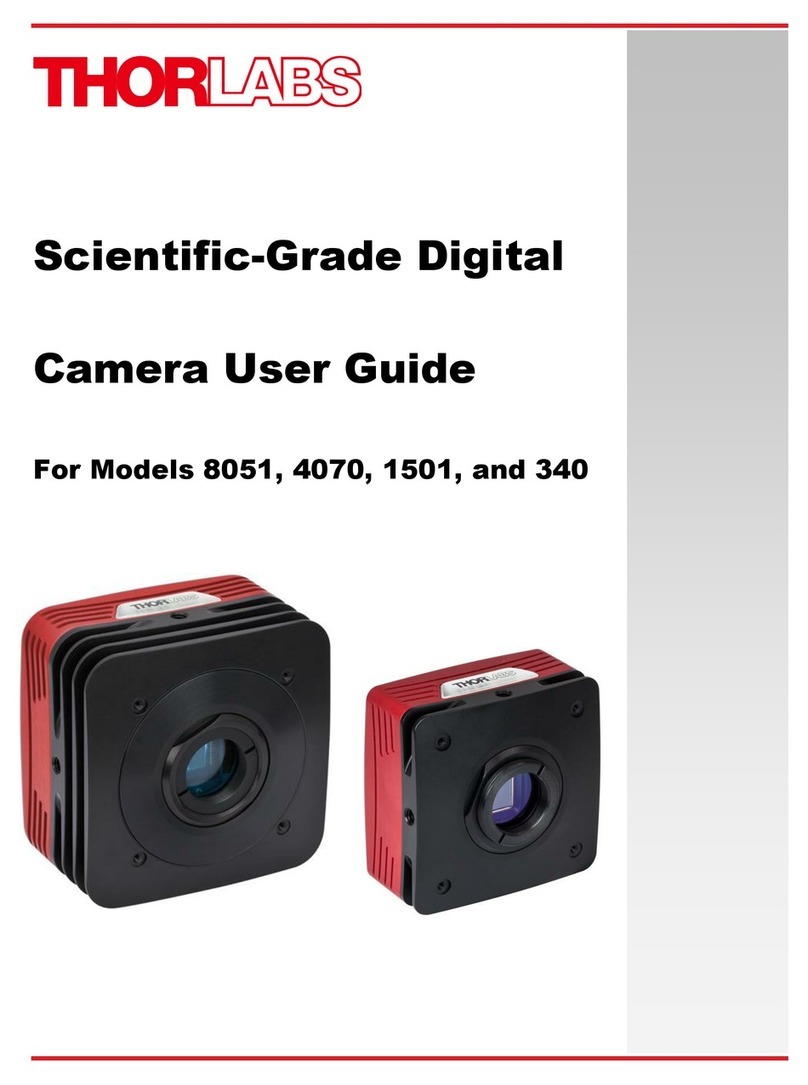Compact Scientific Digital Cameras
Table of Contents
Chapter 1 Safety...................................................................................................................................1
1.1. Precautions................................................................................................................... 1
1.2. Warning Symbol Definitions........................................................................................ 2
1.3. Product Care................................................................................................................. 3
1.3.1. Service ..................................................................................................................................3
1.3.2. Accessories and Customization............................................................................................3
Chapter 2 Description .........................................................................................................................4
2.1. Introduction................................................................................................................... 4
2.2. Receiving and Unpacking............................................................................................ 4
2.3. Supplied Equipment..................................................................................................... 5
2.3.1. Optional Items.......................................................................................................................5
Chapter 3 Setup & Installation ...........................................................................................................6
3.1. Pre-Installation –USB 2.0 and USB 3.0....................................................................... 6
3.2. Installing the Software.................................................................................................. 6
3.2.1. Run the Installation file..........................................................................................................6
3.2.3. Driver Selection.....................................................................................................................6
3.2.4. Installing 3rd Party Software Application Support................................................................10
3.3. Connecting the Camera.............................................................................................. 11
3.3.1. Multiple Camera Operation.................................................................................................11
3.4. Optical and Mechanical Mounting Considerations .................................................. 12
3.4.1. Using a C-Mount Lens ........................................................................................................12
3.4.2. Using a CS-Mount Lens......................................................................................................12
3.4.3. Mounting the Camera..........................................................................................................13
3.4.4. Using the Camera with a Cage System..............................................................................13
3.4.5. SM1 Compatible Threads ...................................................................................................14
3.5. Optical Front End........................................................................................................ 14
3.5.1. Description of Components.................................................................................................15
3.6. Optical Front End Procedures................................................................................... 16
3.6.1. Window Removal and Replacement Procedure.................................................................16
3.6.2. Re-Assembly of the Window...............................................................................................16
3.7. Auxiliary I/O Connectors............................................................................................ 17
3.7.1. I/O Port Descriptions...........................................................................................................17
3.7.2. Auxiliary Cable ....................................................................................................................17
Chapter 4 Operation..........................................................................................................................18
4.1. Starting the Camera.................................................................................................... 18
4.2. Camera Timing Diagrams........................................................................................... 19
4.2.1. Camera-Specific Timing Considerations.............................................................................20
4.3. Frame-Rate Control .................................................................................................... 21
Chapter 5 CS165MU Specifications.................................................................................................22
5.1. CMOS Sensor Specifications..................................................................................... 22
5.2. Quantum Efficiency.................................................................................................... 22
